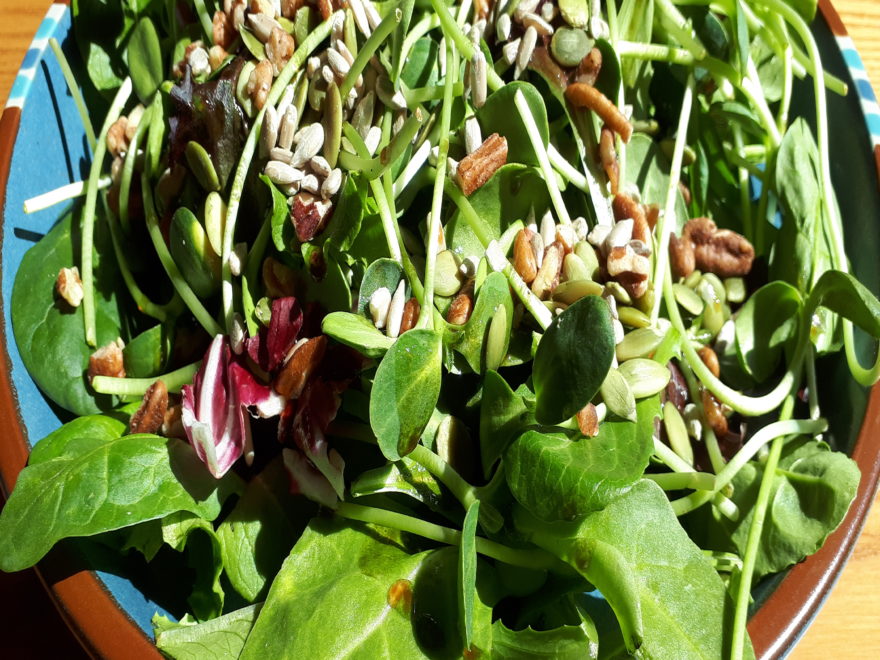Yesterday was the start of the three-day conference of the Pain Society of Alberta, running from Friday morning through to Sunday evening. These types of annual scientific society meetings are usually open only to members of the organization, but this one has taken an entirely different approach. A better approach, from both my bioethics and chronic pain patient perspectives.
Due to the on-going pandemic situation, the event organizers opted to have a virtual meeting this year. What made this event ‘better’ from my bioethics perspective is that they then decided to make conference registration free for pain patients, with the following disclaimer:
The Pain Society of Alberta does not provide any medical advice.
If you are seeking medical support, please contact your family physician.” (1)
Although I’d have loved to attend each one of the sessions presented as part of this virtual event, a mild cognitive impairment limits my ability to focus and concentrate – even on topics that really interest me – for more than about an hour at a time.
Yesterday I was only able to attend two sessions, both featuring Dr. Norman Doidge, which I wrote about last evening. I’d already bought and read both of his books, prior to my cognitive issues, in part because of my own chronic pain condition; Complex Regional Pain Syndrome (CRPS). CRPS, by the way, is the reason for my cognitive impairment.
There is far too much information provided in each conference session for me to try to summarize it here on the blog, so what I’m going to do for the rest of this weekend event is to tell you about some of the highlights. The information that I thought would interest others living with chronic pain, as well as the people who treat and research pain conditions. This will probably take me all week, so stay tuned!
Most of these conference presentations were recorded and will be available on the website of the Pain Society of Alberta at some point in the near future. As of today, the recordings hadn’t yet been posted, but you can click here to check the conference website.
A tribute to Dr. Ronald Melzack
Day two of the 2020 Pain Society of Alberta conference began this morning with a tribute to Dr. Ronald Melzack, entitled: “In Remembrance of Dr. Ronald Melzack, A Trailblazer in Pain Science” (1):
It was in 1965 that Ron Melzack of McGill published with his friend Patrick Wall the “gate control” theory of pain in Science.
This theory focused on chronic pain, postulating that neural gates in the spinal cord can be opened or closed by signals descending from the brain, as well as by sensory information ascending from the body, and highlighted the psychological functions of the brain.
This paper was quickly seen to be seminal in the field and produced an explosion of research in labs from around the world that has greatly expanded our knowledge of the subject.” (2)
Dr. Melzack was vitally important not only in the history of pain science, but also in the creation of the multidisciplinary pain clinic at which I’m a patient, and where I’ve had the pleasure to present chronic pain information to medical students. Each time I walk down the hallway to the AEPMU, I say a silent thank you to Dr. Melzack – even though I never met him – for making this clinic dedicated to chronic pain patients a reality:
Understanding that research had to be driven to clinical application and that the lessons from the clinic had to be fed back to the academic world, he helped establish what is now called the Alan Edwards Pain Management Unit of the McGill University Health Centre in the 1970s.
This clinic… was created as a multi-disciplinary treatment centre for patients whose chronic pain had proven intractable.” (2)
Diet and Pain
After the tribute to Dr. Melzack, the first full session of the day featured four different presentations, grouped into the category of “What’s New in Pain”. Topics ranged from anti-inflammatory diets for pain management to research involving Canadian veterans who live with persistent pain.
One of the things I loved about this entire conference was the high proportion of Canadian or Canada-based speakers throughout the event. Dr. John Pereira, for example, is based in Alberta; a past President of Pain Society of Alberta, he was recently elected to be the next president of the Canadian Pain Society. If you use Twitter, you can follow him at @DrJohnPereira.
To show how much of a positive impact Dr. Melzack and the AEPMU have had on chronic pain across Canada, Dr. Pereira “is a past Ronald Melzack Fellow of the McGill Pain Center” (1). His talk was the one about diet and chronic pain, which I’d seen before as part of webinar developed for Canadian veterans.
I’ll give a bit of personal background on this topic before describing his talk. One of recent textbooks in my at-home pain management library – Challenging Neuropathic Pain Syndromes – states that:
Diet modification and the use of supplements can reduce inflammation seen in chronic pain states” (3).
Based on this, along with quite a lot of research findings and suggestive results on the role of food and nutrition in inflammation, I’ve already been eating a mostly anti-inflammatory and high-fibre diet for my CRPS neuropathic and joint pain. And I always keep an eye out for new research information and tips in this area.
In bioethics we have a concept of a risk/benefit assessment for clinical (medical) research; do the risks of the treatment or disease management plan outweigh the potential benefits? Changing one’s diet, towards a healthier way of eating, is definitely a low risk proposition. So even if there are no benefits from changing what I eat – in terms of my CRPS symptoms – there’s no risk in trying to eat an anti-inflammatory diet.
Of course, I can’t tell whether this diet is helping to reduce my symptoms, because they change on a daily or sometimes even hourly basis! What has been different, since I switched my diet, is that I feel that I’ve taken control back from my disease. Not all of it, but some of it.
My husband has also noticed that we’re ‘eating healthier’ overall, which makes him happy as an avid cyclist. He reads cycling magazines, news, and websites which often devote pages and pages to the importance of diet for professional cyclists and amateurs alike. Earlier this year he opted for semi-retirement, and is now more than ever seeing anti-inflammatory foods as a means to stay healthy for as long as possible into the years to come.
On that note, Dr. Pereira specified that dietary improvements can benefit more than chronic pain. He explained that: “Better overall nutrition could lower inflammation, reduce pain and improve overall quality of life”. Research has shown that inflammation can worsen pain, and Dr. Pereira specified that inflammation throughout the body can be exacerbated by:
- highly-processed foods
- high levels of sugars in food
- poor sleep
- stress
- physical activity levels unsuited to one’s overall health or specific medical condition
This boils down to good advice for everyone, not only for people living with persistent pain; to try to eat fewer high-sugar and highly-processed foods and to prioritize sleep, exercise, and other stress-reduction techniques.
The online chat, a part of this conference that was available to pain patients attending this virtual conference, was very active. During this talk, many of us were sharing our recipes for anti-inflammatory foods. My post-cycling ‘chronic pain healthy treat’ recipe – a smoothie made with unsweetened organic soy milk, frozen blueberries, chia seeds, walnuts, and raw unsweetened cocoa – was a hit.

Stay tuned for more information from this 3-day conference, over the course of the upcoming week. It will take me a while, with my cognitive impairment, to get my notes into a readable format ‘-)
As always, thanks so much for stopping by. Keep safe, stay well, and take the time to look after your mental health. As we move into a clear second wave of this pandemic, in my area, it’s important for each of us to focus on our well-being – whether or not we live with pain or other chronic conditions!
References
(1) Alberta Pain Society. 14th Annual Pain Society of Alberta Conference. 16-18 Oct 2020. Website:
https://www.painab.ca/2020virtualconference
(2) McGill University; Alan Edwards Pain Management; Unit of the McGill University Health Centre; About us. McGill University. Website. Updated 2020. Online:
https://www.mcgill.ca/paincentre/about-us/history
(3) Nicole Spare, Santiago Mazuera-Mejia, and Jeffrey A. Gehret. Trigeminal Neuralgias, page 185. Chapter 21 (pages 177-186) of book: Challenging Neuropathic Pain Syndromes: Evaluation and Evidence-Based Treatment. Edited by Mitchell K. Freedman, Jeffrey A. Gehret, George W. Young, and Leonard B. Kamen. 2018. Elsevier. St. Louis, Missouri. Information:
https://www.sciencedirect.com/science/article/pii/B9780323485661000218?via%3Dihub

